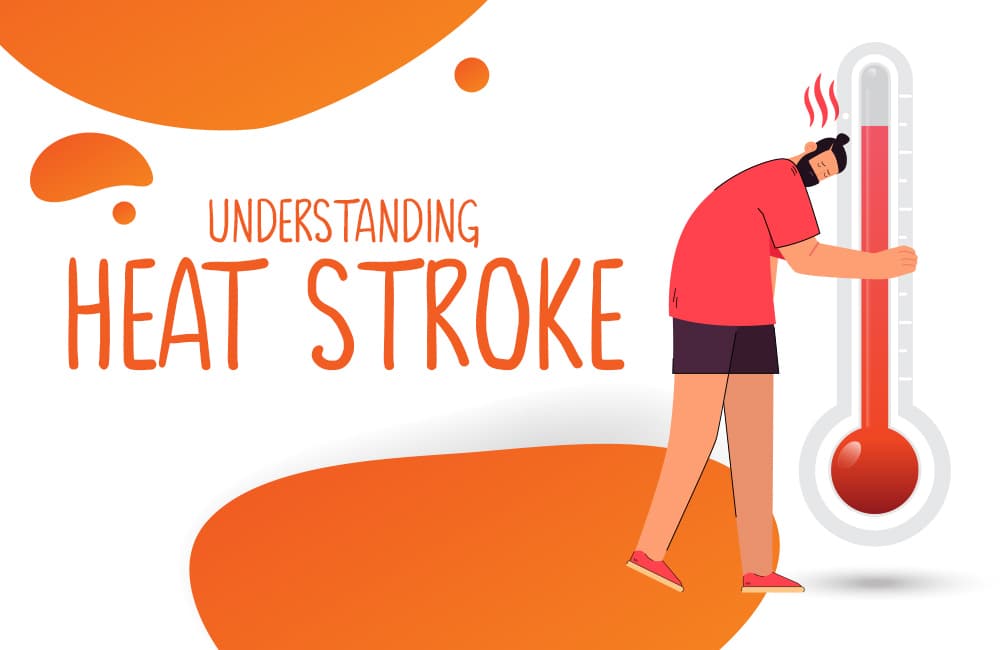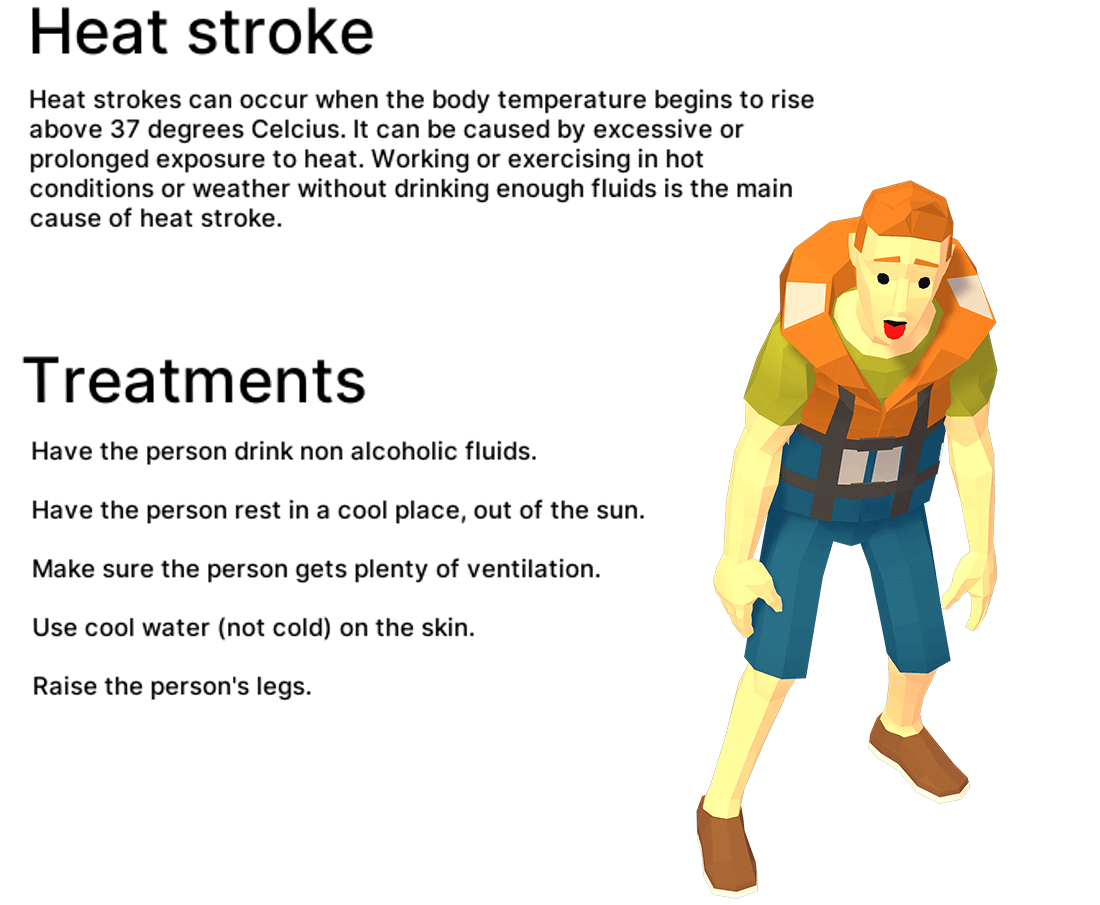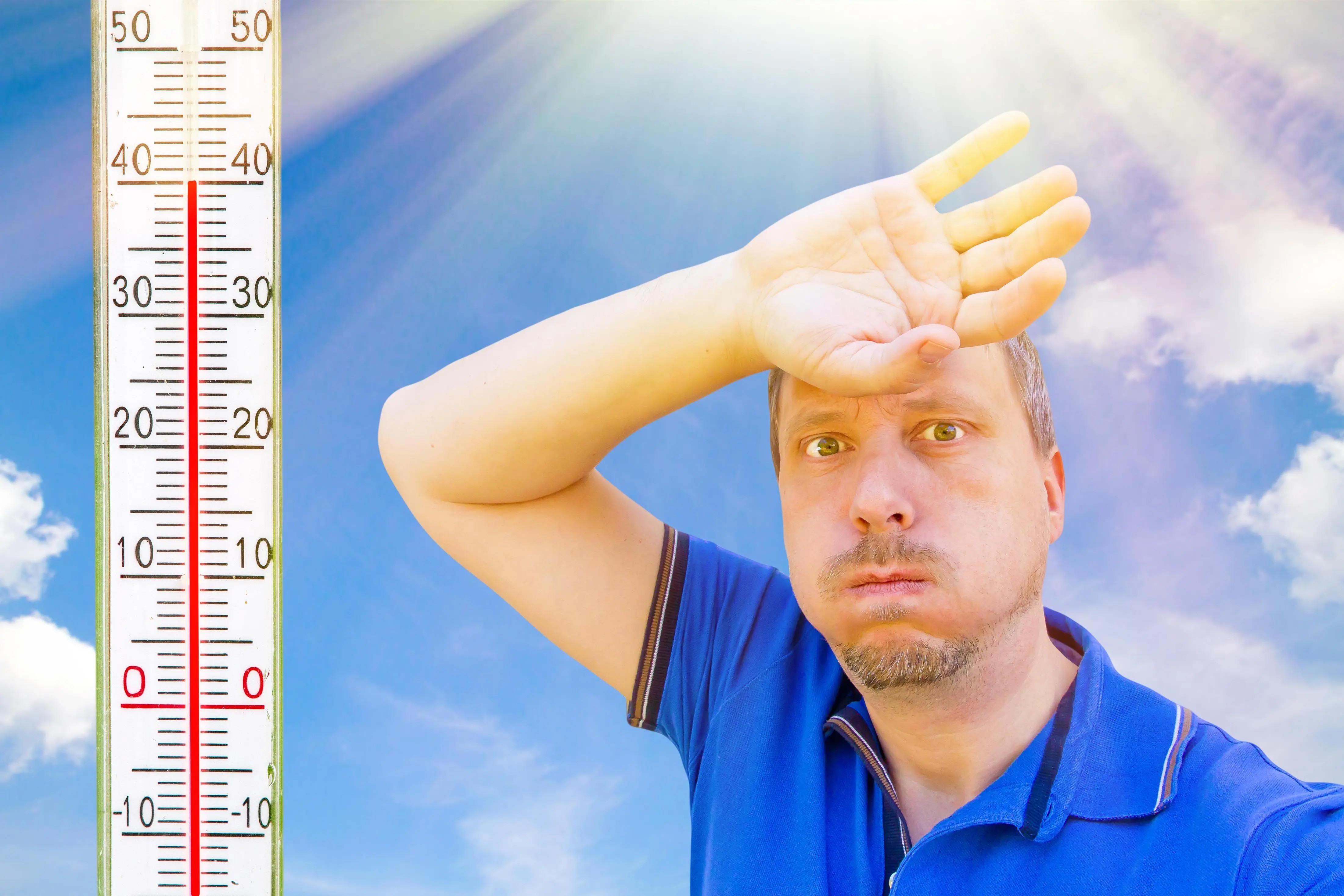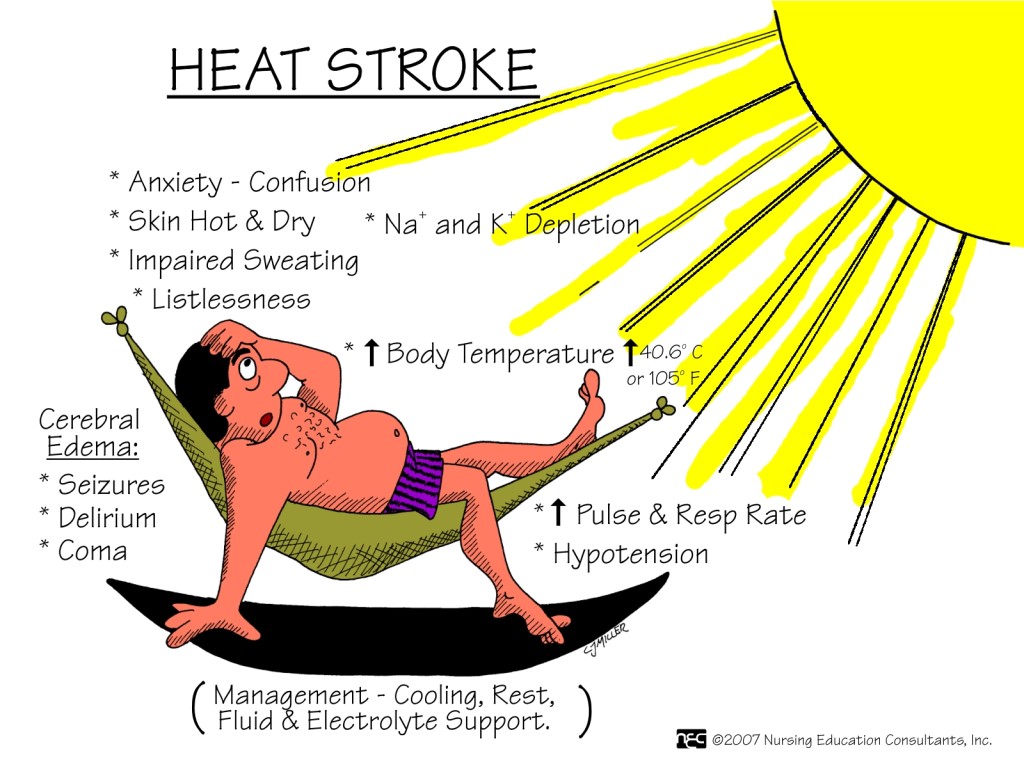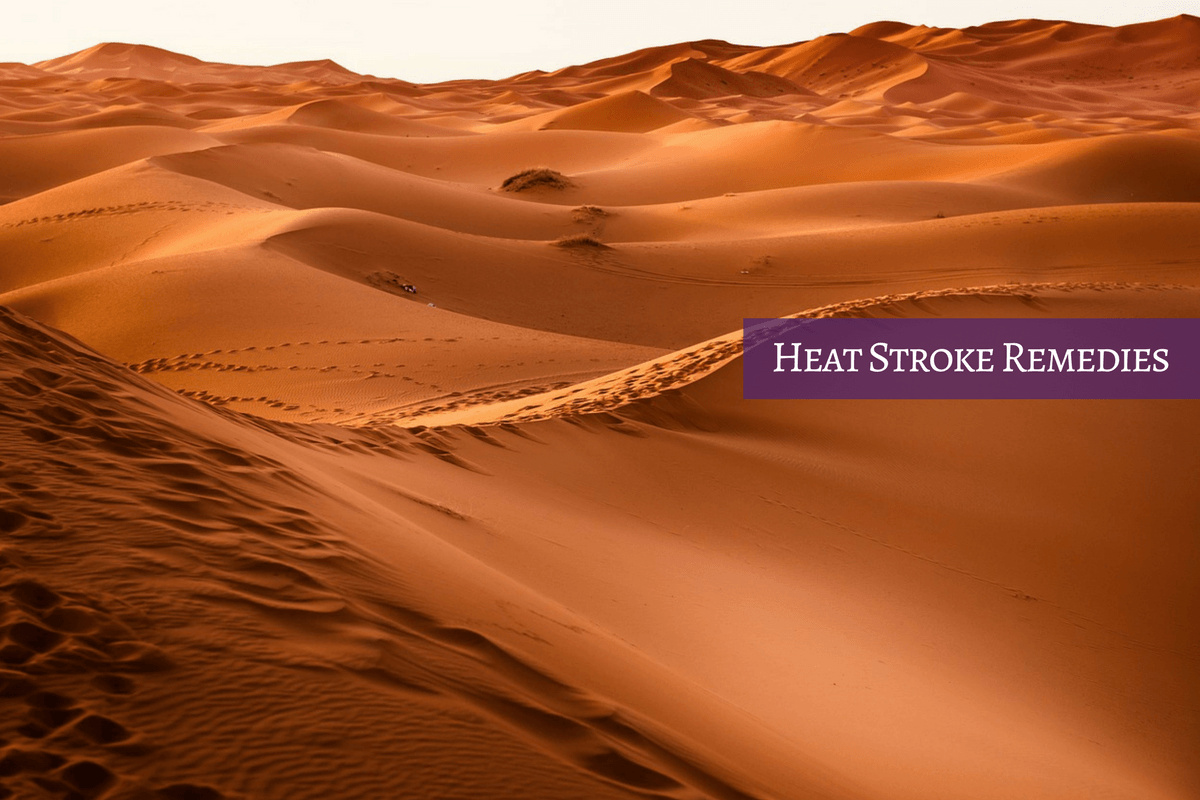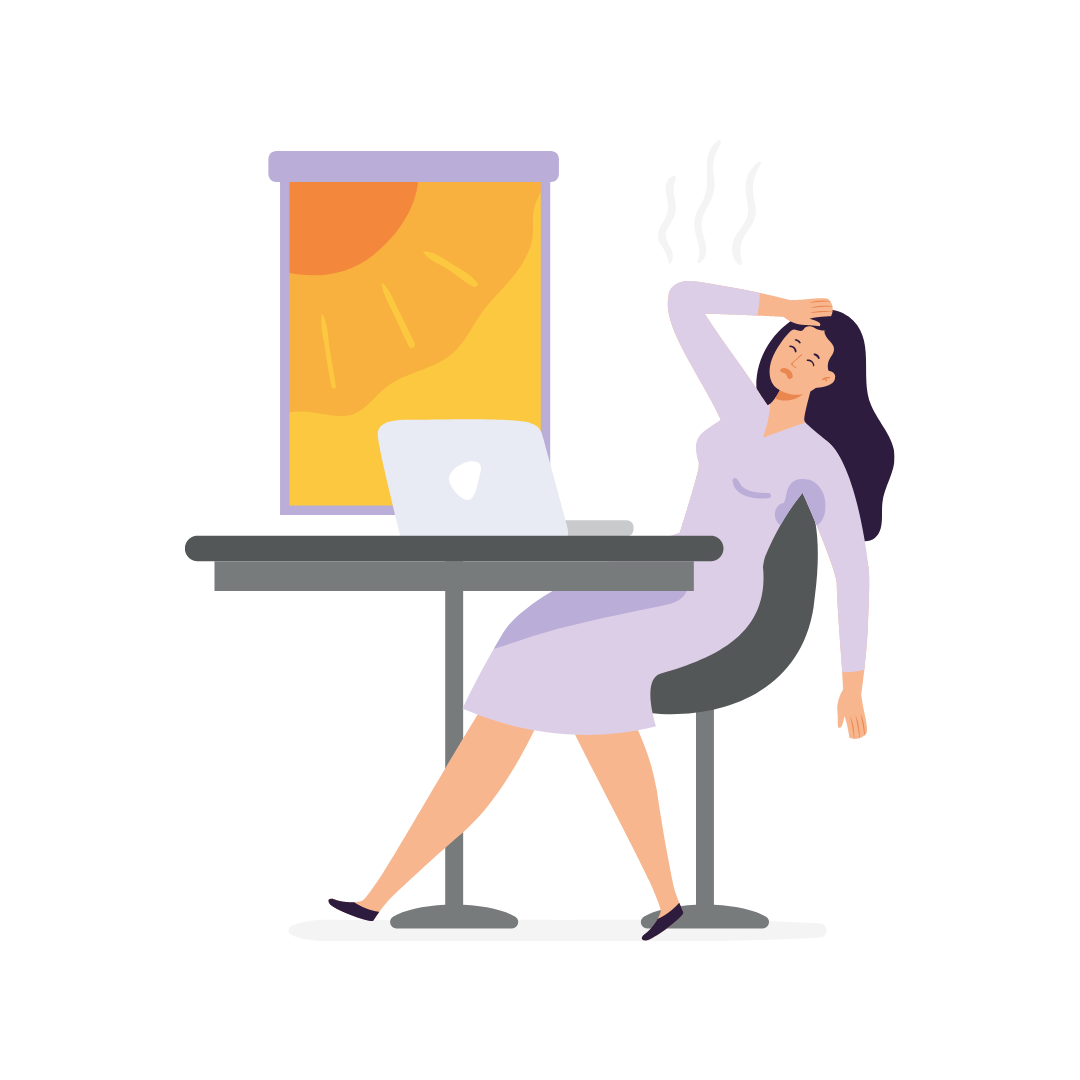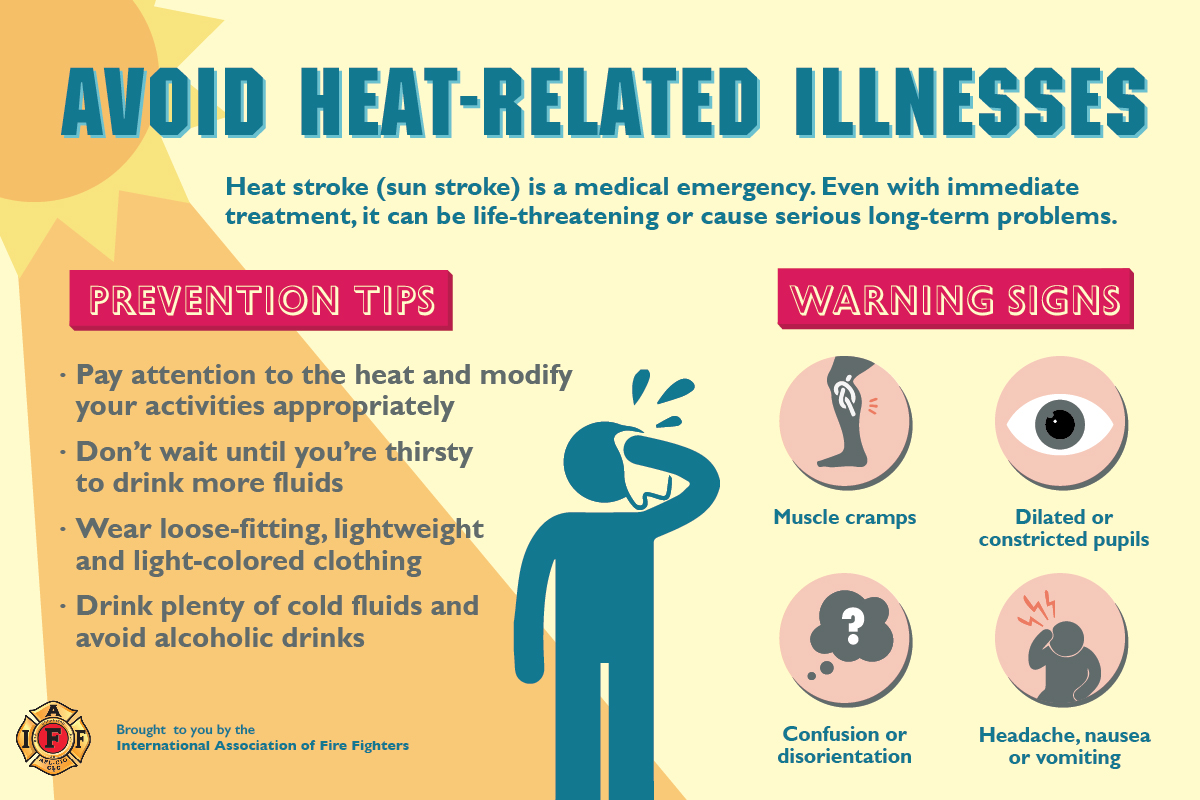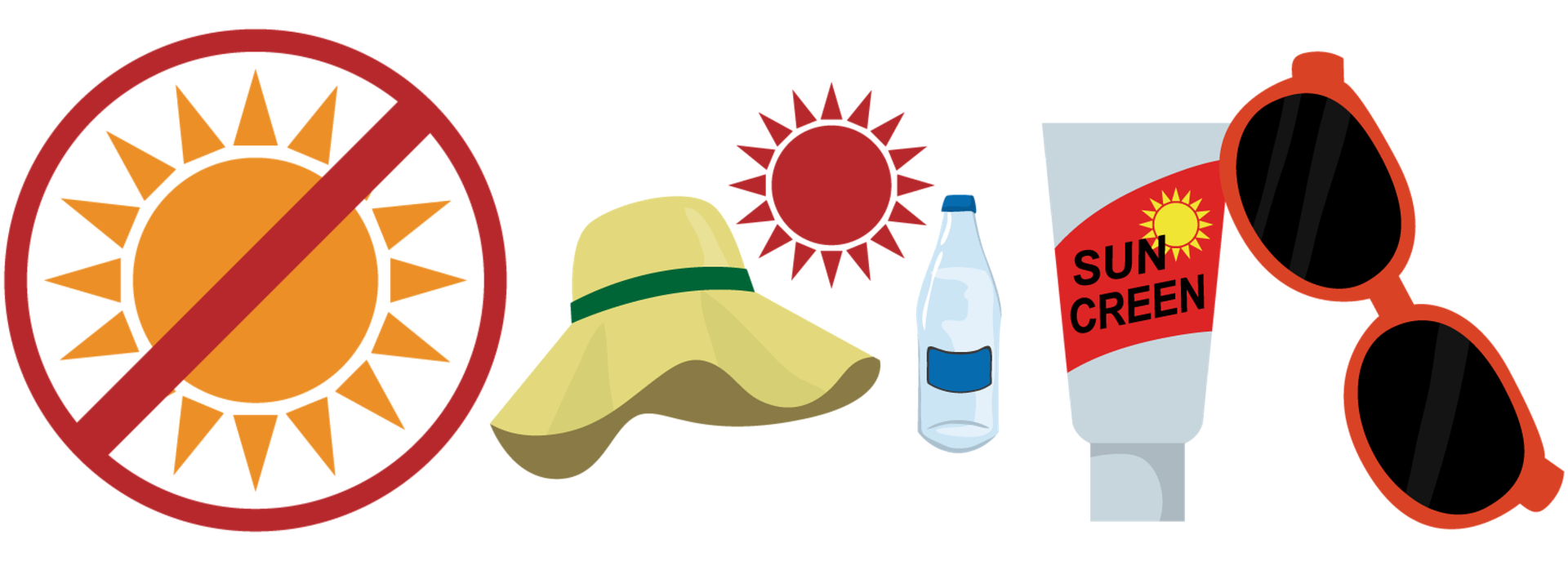Recommendation Info About How To Handle Heat Stroke
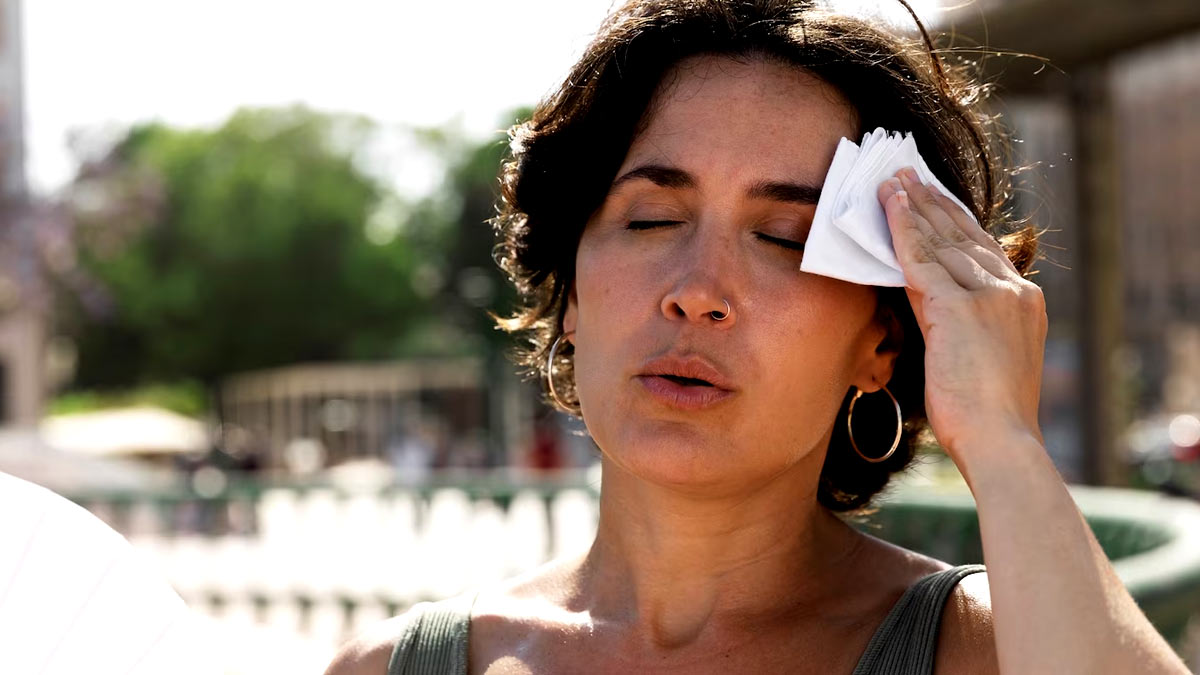
You can't do too much too.
How to handle heat stroke. The quicker you can receive cold water immersion, the less risk of organ damage and death. Set aside at least one gallon of drinking water per person per day. Your pulse may significantly increase because heat stress places a tremendous burden on your heart to help cool your body.
When to see a doctor if you think a person may be experiencing heatstroke, seek immediate medical. Do not give the victim anything to drink, but move them to a cool place and help bring their body temperature down with cool clothes or a cool bath. Even if the patient's temperature is slightly below the fever threshold, you should call an ambulance as body temperatures can range from 1 to 2°f or ½ to 1°c.
There's a high risk of heat exhaustion or heatstroke during hot weather or exercise. Medications may predispose patients to heat stroke (e.g., diureti. Overview what is heatstroke?
It’s defined as a body temperature above 104 degrees fahrenheit (40 degrees celsius). If you think you are experiencing heat stroke and are conscious or if you see someone nearby experiencing one, call 911 immediately. And i imagined once you start feeling those.
Diagnosis rests on the observation of profound central nervous system dysfunction in the presence of hyperthermia. Drink more cold drinks, especially if you're active or exercising; Lower the amount of time you spend outdoors during very hot weather.
Seek emergency medical care if you suspect heatstroke, call 911 or your local emergency number. Cool the person down by soaking in cold water, such as in a lake, stream, or bathtub. And then replenish any fluid losses through sweating or from the heat alone by drinking water or an electrolyte solution.
Do not give the victim anything to drink, but move them to a cool place and help bring their body temperature down with cool clothes or a cool bath. Book a first aid course. Find out more about what heat stroke is and learn first aid advice for understanding symptoms, causes and how to help someone.
When you’re outside in hot weather, wear. Then move the person out of the heat right away. Immerse you in cold water.
Stay hydrated by drinking plenty of water or sports drinks that contain electrolytes. Heat stroke is a clinical constellation of symptoms that include a severe elevation in body temperature which typically, but not always, is greater than 40°c. In the event of a power outage, you may lose access to clean drinking water.
To help prevent heat exhaustion or heatstroke: Be prepared for hot weather, stay out of the sun and drink plenty of water. While waiting for the ambulance, get the person out of the sun or heat.
